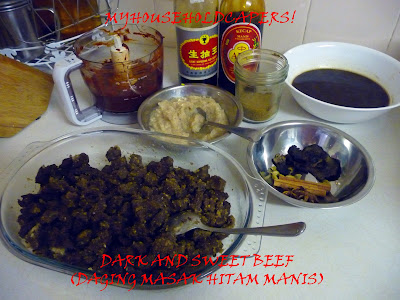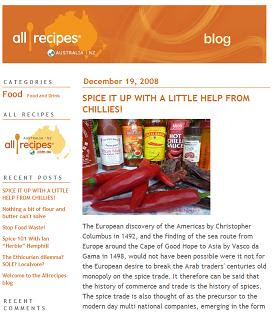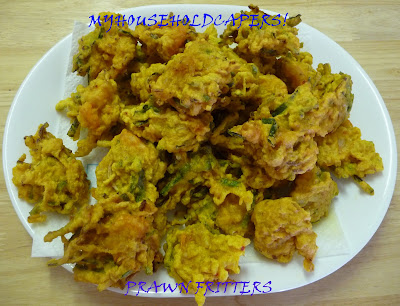+1.jpg) W
Whenever I want to get my ‘fix’ of Malay style cooking, I always visit my good friend
Sis Ummi’s blog for inspiration. She is such a good cook and the best thing is, her food is not ‘pretentious’. In other words, good home style Malay cooking. Thank you Sis Ummi, for all your yummy recipes and for making me the ‘best mum’ coz my kids are always happy with the food that I cook (although I do get some whinging when I ‘accidently’ make some dishes ‘too’ hot – there’s only so much compromise I will make with chilli, wink* wink*).
Anyway, back to today’s post, which I have adapted from Ummi’s blog. I really don’t know if it has an anglicised name so I have given the direct translation here although technically, it should read ‘Meat Cooked Black and Sweet ’. However, it just does not sound right in English!
I have also changed some of the measurements and given my interpretation as to the amounts of some of the spices that are used as they were not given. Above all, don’t be put off by the colour of this dish. Yes, it is very dark and may not look very appetising (unless you have eaten this before and know that the colour is synonymous with the dish). This is because the main ingredient is thick sweet sauce which is very ‘black’ (hence the name). It however tastes divine. So thank you Ummi , and now I present to you, DARK AND SWEET BEEF.
+2.jpg)
Ingredients
1 kg diced beef (rump, skirt or chuck)
½ cup sweet soy sauce – I used the Indonesian brand ‘ABC Kecap Manis’
¼ cup light soy sauce
4 tbsp of wet ground chilli paste – deseed and soak a large handful of dried chillies in hot water. Drain and grind the chillie in a food processor, with minimal water, to make a thick paste.
Veg oil for cooking
A – Ingredients to be dried pan fried until aromatic, using low heat and then ground to a powder
3 tbsp fennel seeds
3 tbsp cumin seeds
B – Ingredients to be ground together into a fine paste in a food processor
½ a large head of garlic
4 medium red onions
Thumb size fresh ginger
C – Misc ingredients
3 large whole star anise (left intact in the ‘flower’ shape)
2 large cinnamon sticks
1 tsp whole cardamom pods
3 to 4 dried tamarind pieces (asam keping/gelugur)
.jpg)
Method
Put the beef in a pot with both lots of soy sauce and simmer the beef until it is nearly cooked. If required, add (very) minimal water during this process to ensure that the meat is submerged in liquid.
Drain the meat but make sure you KEEP the STOCK. You need this liquid to continue the cooking process.
Now, add a third of the A and B ingredients to the ‘drained’ cooked beef. Mix well and leave to marinade for 5 to 10 mins.
Heat oil in a pot and shallow fry the ‘marinated’ beef. All we want to do here is seal the meat so 2 mins would suffice. Drain the meat into a bowl.
Using the same pot, add oil if required, and add the remainder of the A and B ingredients and the chilli paste and fry until the oil seeps through. Add a few of tbsp of the ‘stock’ during this process and cook for 4 to 5 minutes. If the paste gets dry, add more stock. We want this paste to really cook well.
Add in the meat, the remainder of the stock and all of the C ingredients. Add more of the sweet soy sauce if the dish is not ‘dark’. Cook until the ‘gravy’ is quite thick and the meat is very tender. Lift and serve hot with rice. Delicious!
PS: I know that there is quite a process associated with this dish but t really isn’t difficult to make. As with everything in life, ‘no pain, no gain’ and in the end, the effort is worth it!

























+1.jpg)
+2.jpg)
.jpg)






















